Wednesday, 02 December 2020
Eliminate All Forms of Discrimination Against Women
Samarinda - Head of Human Resources Development, Drs.H. Hariyo Santoso represents the Head of Bappeda  East Kalimantan Province hosted the Women's Empowerment and Child Protection Socialization event in the Regional Police room floor 1 Bappeda of East Kalimantan Province Jalan Kusuma Bangsa Samarinda, Thursday, 2/6/2016 attended by approximately seventy-five participants from all Regional Work Units (SKPD) within the East Kalimantan Provincial Government.
East Kalimantan Province hosted the Women's Empowerment and Child Protection Socialization event in the Regional Police room floor 1 Bappeda of East Kalimantan Province Jalan Kusuma Bangsa Samarinda, Thursday, 2/6/2016 attended by approximately seventy-five participants from all Regional Work Units (SKPD) within the East Kalimantan Provincial Government.
Resource persons from the Ministry of Women's Empowerment and Child Protection delivered a presentation and socialization of Ministerial Regulation Number 9 of 2015 and Trial Use of Monitoring and Evaluation Applications for the Implementation of Provincial Women's Empowerment and Child Protection Development East Kalimantan.
In delivering his presentation, the resource person said that the Monitoring and Evaluation Indicators for the Implementation of Development for Women's Empowerment and Child Protection are to determine the successful performance of a program or activity, as well as the problems faced related to the implementation of development for women's empowerment and child protection.
Indicators for Monitoring and Evaluation for the Implementation of Development for Women's Empowerment and Child Protection contain: 1). Form; 2). Explanation of filling out the form; 3). Points of international agreements related to gender, women's empowerment and child protection.
Further, the resource person conveyed the International Agreement on Gender, Women's Empowerment and Child Protection, points of International Agreements related to Gender, Women's Empowerment and Child Protection which were the result of an agreement between countries participating in the Convention Concerning the Elimination of All Forms of Discrimination Against Women (CEDAW) in accordance with Law Number 7 of 1984, including: 
1. Make appropriate regulations including making laws in all fields, especially in the political, social, economic and cultural fields, to guarantee the full development and progress of women, with the aim of ensuring that they exercise and enjoy human rights and fundamental freedoms on an equal basis with men.
2. Make appropriate regulations for: a). change the social and cultural patterns of behavior of men and women with a view to achieving the elimination of prejudices, habits and all other practices based on the inferiority or superiority of one of the sexes or based on stereotypes for men and women; b). ensure that family education through a proper understanding of pregnancy as a social function and recognition of the shared responsibility of men and women in raising their children.
3. Make appropriate regulations including making laws to eradicate all forms of trafficking in women and exploitation of prostitution.
4. Make appropriate regulations to eliminate discrimination against women in political and social life, in particular guaranteeing women equal rights with men in terms of: a). Choose and be chosen; b). Participate in the formulation of Government policies and their implementation, hold positions in government and carry out government functions at all levels; c). participate in community organizations.
5. Make appropriate regulations to guarantee women the opportunity to represent their governments at the international level and to participate in the work of international organizations on an equal basis with men without any discrimination.
6. Make appropriate regulations to eliminate discrimination against women in order to guarantee them the same rights as men in the field of education.
7. Make appropriate regulations for: a). Eliminate discrimination against women in employment in order to guarantee equal rights on the basis of equality between men and women; b). Prevent discrimination against women on the basis of marriage and pregnancy.
8. Make appropriate regulations to eliminate discrimination against women in the field of health care, and to guarantee the receipt of health services, including services related to family planning, on the basis of equality between men and women and to guarantee women adequate services related to pregnancy, childbirth and the post-natal period, providing adequate nutritious food during pregnancy and breastfeeding.
9. Make appropriate regulations to eliminate discrimination against women in the fields of economic and social life, in order to guarantee equal rights on the basis of equality between men and women, in particular: family allowances, bank loans, mortgages and other forms of capital credit, the right to participate in recreational activities, sports and all aspects of cultural life.
10. Paying attention to the special problems faced by women in rural areas, and the roles played by rural women, for the survival of their families in the economic sector, including their work in non-money-making economic sectors.
 While the results of the agreement of the International Conference on Population and Development (ICPD) 1994 was an emphasis on the various links between population and development, and focused more attention on efforts to meet the needs of individual women and men rather than achieving demographic targets. The points of the agreement include:
While the results of the agreement of the International Conference on Population and Development (ICPD) 1994 was an emphasis on the various links between population and development, and focused more attention on efforts to meet the needs of individual women and men rather than achieving demographic targets. The points of the agreement include:
1. Achieving gender equality in basic education (basic education for everyone) in 2015 as well as reducing gender inequality in basic education;
2. Reducing deaths of infants under 35 and deaths of children under 45 per 1000 live births in 2015;
3. Availability of reproductive health services including family planning in primary health care facilities in 2015 and reduction in unmet need for contraceptive use;
4. Reducing maternal mortality which focuses on all mothers giving birth assisted by medical personnel;
5. Availability of information, education and services regarding HIV/AIDS, especially for teenagers aged 15-24 years.
Meanwhile, as a result of the agreement of the 4th World Conference on Women (FWCW) in Beijing in 1995, there were 12 (twelve) issues related to gender equality and women's empowerment that were agreed to be addressed by the conference participating countries, namely:
1. women's problems and poverty, especially structural poverty which arises as a result of prevailing development and socio-cultural policies;
2. limited educational and training opportunities for women to improve their bargaining position towards gender equality;
3. women's health and reproductive rights problems which do not receive adequate protection and services;
4. physical and non-physical violence against women both in the household and at work without receiving legal protection;
5. women in areas of military conflict and unrest, many of whom become victims of cruelty and violence from the conflicting parties;
6. limited access for women to business in productive economic fields, including obtaining capital and business training;
7. limited participation of women in formulating and making decisions in the family, society and state;
8. limited institutions and mechanisms that can fight for women both in the government and private sectors;
9. women's limited access to mass media, so there is a tendency for information media to use women's bodies as a medium for promotion and cheap exploitation;
10. social and legal protection and protection of women's human rights is still weak;
11. women are most vulnerable to environmental pollution such as clean water, industrial waste and other environments; and
12. limited opportunities to develop their potential (women) as well as acts of violence against girls.
As a result of the 1989 Convention on the Rights of the Child (CRC), ratified by Presidential Decree Number 36 of 1990, there are 4 groups of basic children's rights agreed upon in the 1989 Convention on the Rights of the Child which must be used as a reference for the government, namely:
1. The right to life and survival, namely the child's right to maintain life and the right to obtain the best possible standard of health and care;
2. The right to growth and development, which includes all rights to receive education and to obtain a standard of living that is adequate for the physical, mental, spiritual, moral and social development of children;
3. The right to obtain protection, which includes protection from discrimination, acts of violence and neglect for children who do not have families and for refugee children;
4. The right to participate, includes the rights to express opinions in all matters affecting children.
Agreement on Millennium Targets (MDGS) In 2000 there were 8 points of agreement on targets that must be achieved in 2015, namely:
1. Eradicating extreme poverty and hunger;
2. Equal basic education for everyone;
3. Increasing gender equality and women's empowerment;
4. Reducing child mortality;
5. Improving maternal health;
6. Fighting HIV and AIDS, malaria and other infectious diseases;
7. Ensuring environmental sustainability;
8. Developing global partnerships for development.
Meanwhile based on the 9 (nine) Priority Agendas (RPJMN 2015-2019), including:
1. Bringing back the state to protect the entire nation and provide a sense of security to all citizens;
2. Make the Government always present by building clean, effective, democratic and trustworthy governance;
3. Developing Indonesia from the periphery by strengthening regions and villages within the framework of a unitary state;
4. Strengthening the presence of the state in carrying out system reforms and law enforcement that is free of corruption, dignified and trustworthy;
5. Improving the quality of life of Indonesian people and society;
6. Increasing people's productivity and competitiveness in international markets so that the Indonesian nation can progress and rise together with other Asian nations;
7. Realizing economic independence by moving strategic sectors of the domestic economy.
8. Carrying out a national character revolution;
9. Strengthening diversity and strengthening Indonesia's social restoration.
Other laws that also need to be followed up and need to be reported to the UN Human Rights Council session include:
1. ICERD (International Convention on the Elimination of all Forms of Racial Discrimination 1965): Law Number 29 of 1999 concerning Ratification of the International Convention on the Elimination of All Forms of Racial Discrimination 1965).
2. ICCPR (International Covenant on Civil and Political Rights): Law Number 12 of 2005 concerning Ratification of the International Covenant on Civil and Political Rights.
3. ICESCR (International Covenant on Economic, Social and Cultural Rights): Law Number 11 of 2005 concerning Ratification of the International Covenant on Economic, Social and Cultural Rights.
4. CAT (Convention Against Torture and Other Cruel, Inhuman or Degrading Treatment or Punishment): Law Number 5 of 1998 concerning Ratification of the Convention Against Torture and Other Cruel, Inhuman or Degrading Treatment or Punishment.
5. ICMW (International Convention on the Protection of the Rights of All Migrant Workers and Members of their Families): Law Number 6 of 2012 concerning Ratification of the International Convention on the Protection of the Rights of All Migrant Workers and Members of their Families.
6. CRPD (Convention on the Rights of Persons with Disabilities): Law Number 19 of 2011 concerning Ratification of the Convention on the Rights of Persons with Disabilities.
7. Ratification of the Optional Protocol to the Convention on the Rights of the Child includes: a). OP-CRC-AC (Optional Protocol to the Convention on the Rights of the Child on the involvement of children in Armed Conflict: Law Number 9 of 2012 concerning Ratification of the Optional Protocol to the Convention on the Rights of the Child regarding the Involvement of Children in Armed Conflict; b). OP-CRC-SC (Optional Protocol to the Convention on the Rights of the Child on the Sale of Children, child prostitution and child pornography): Law Number 10 of 2012 concerning Ratification of the Optional Protocol to the Convention on the Rights of Children regarding the Sale of Children, Child Prostitution and Child Pronography. (Sukandar, S.Sos/Public Relations of Bappeda Kaltim).
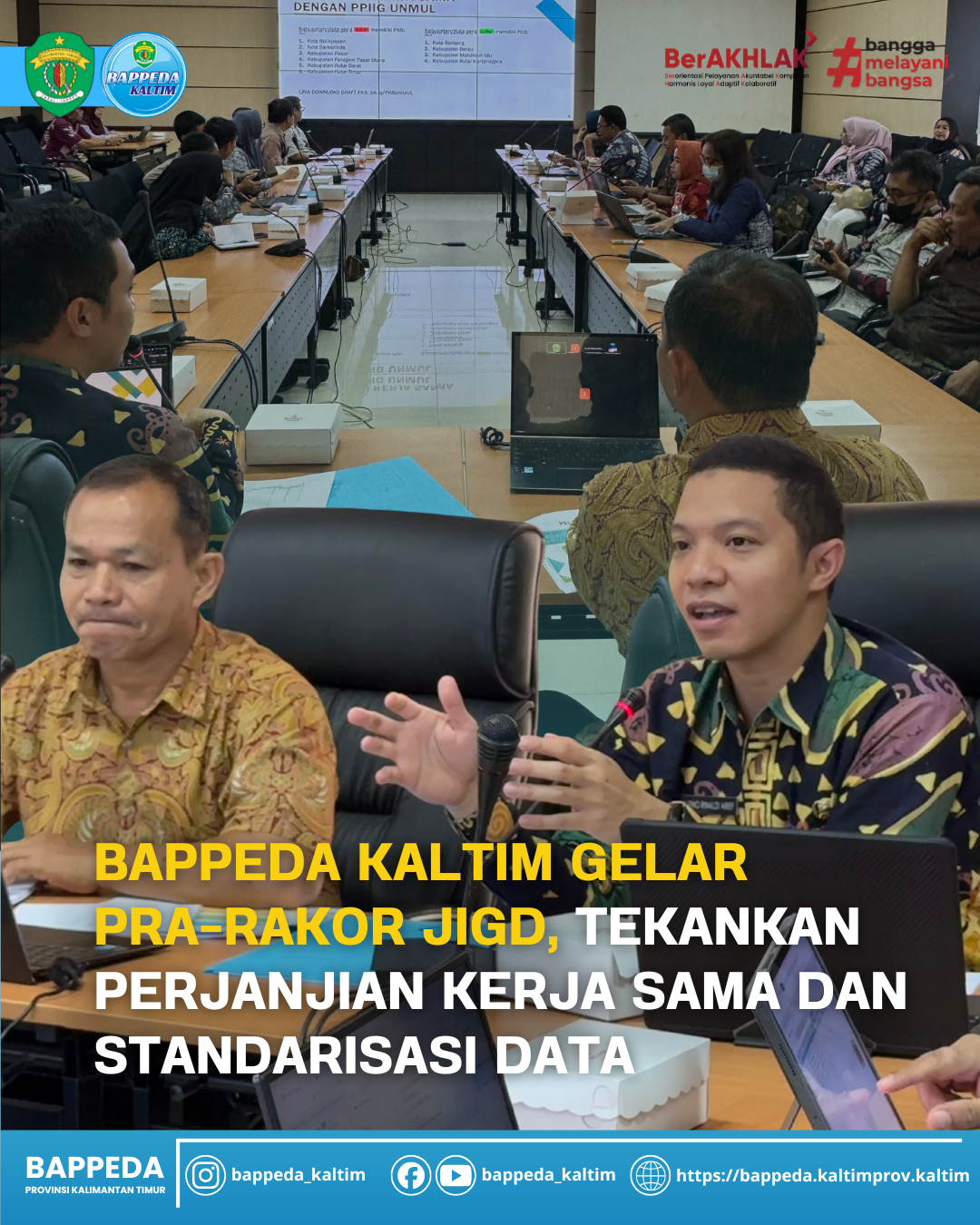
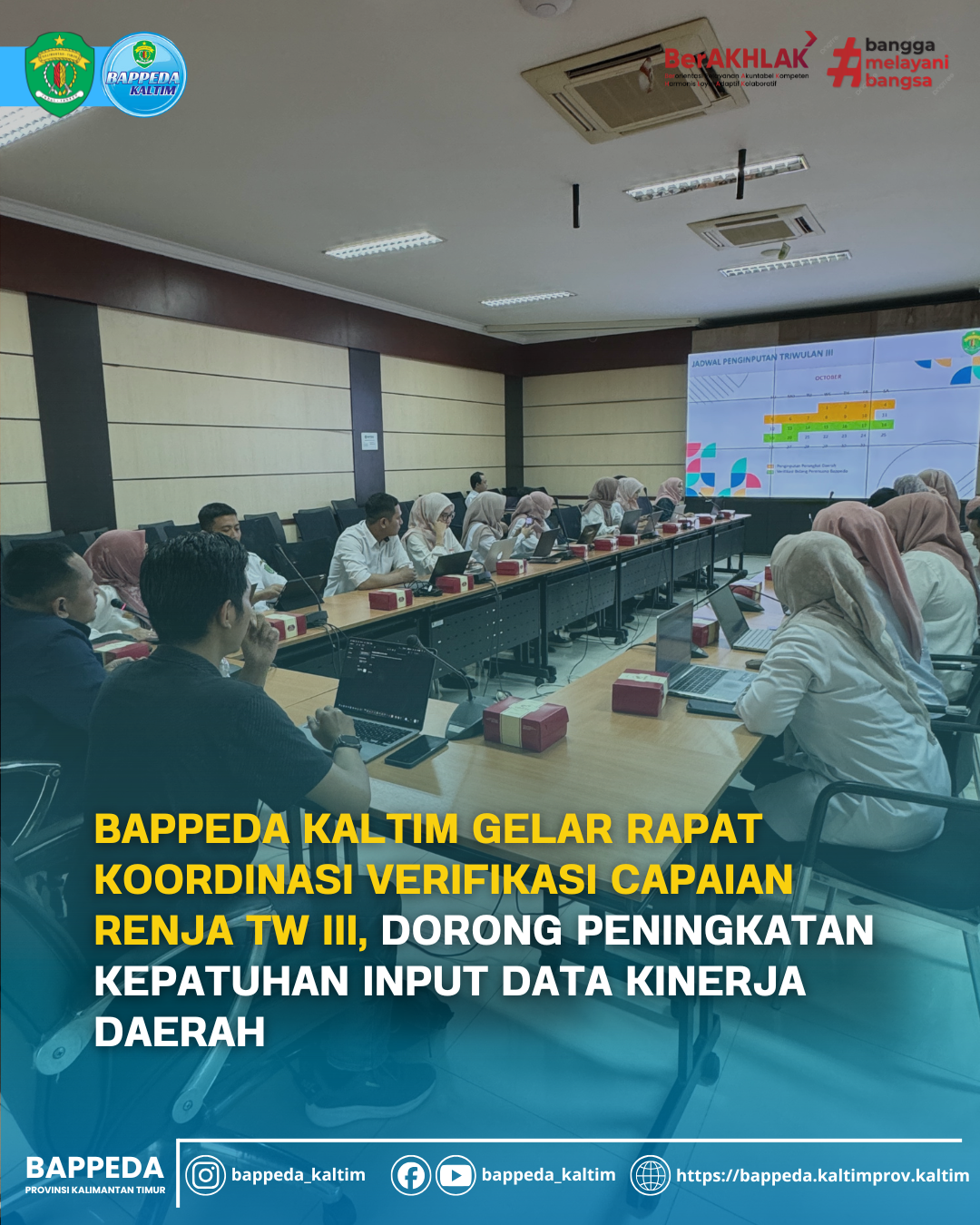
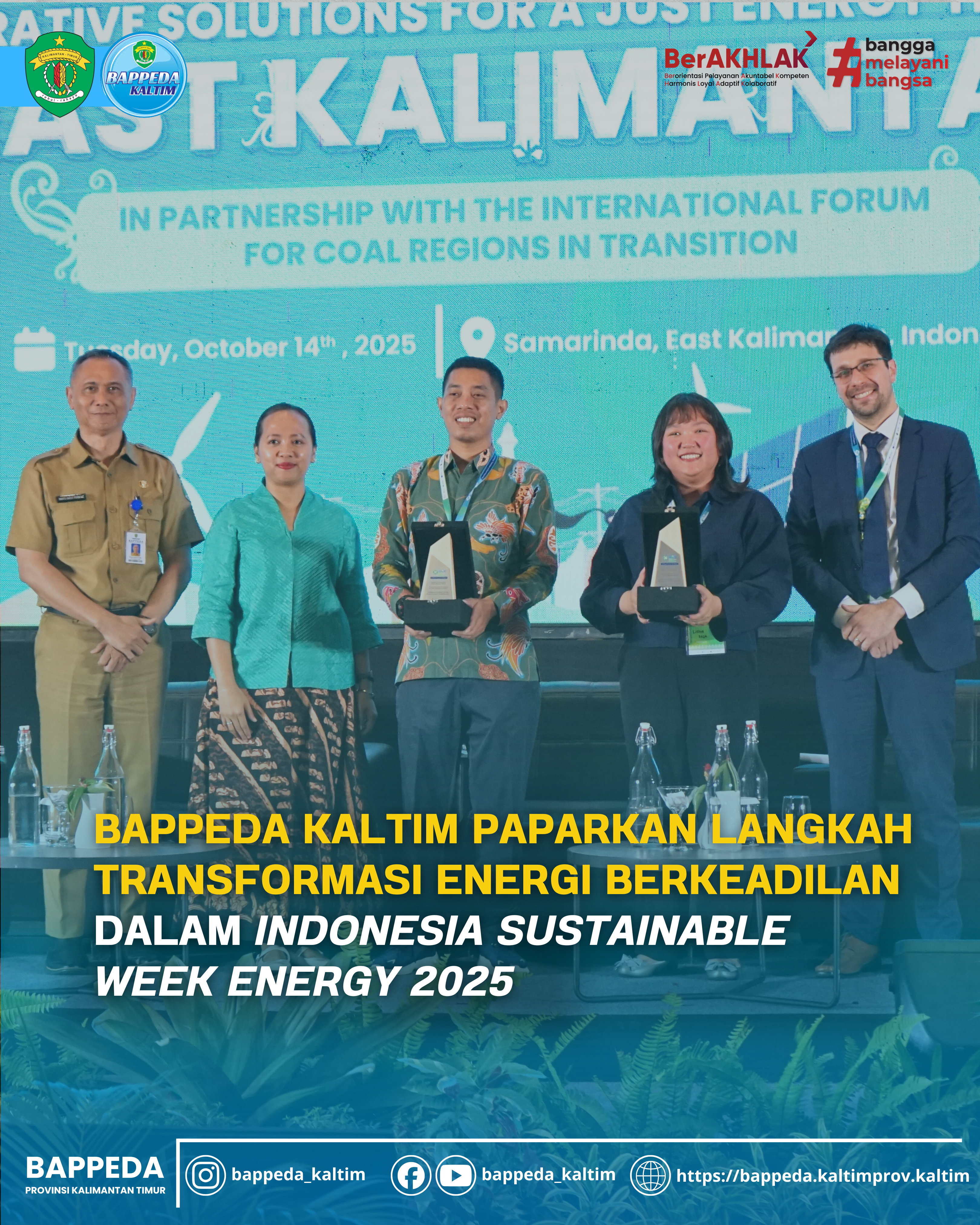
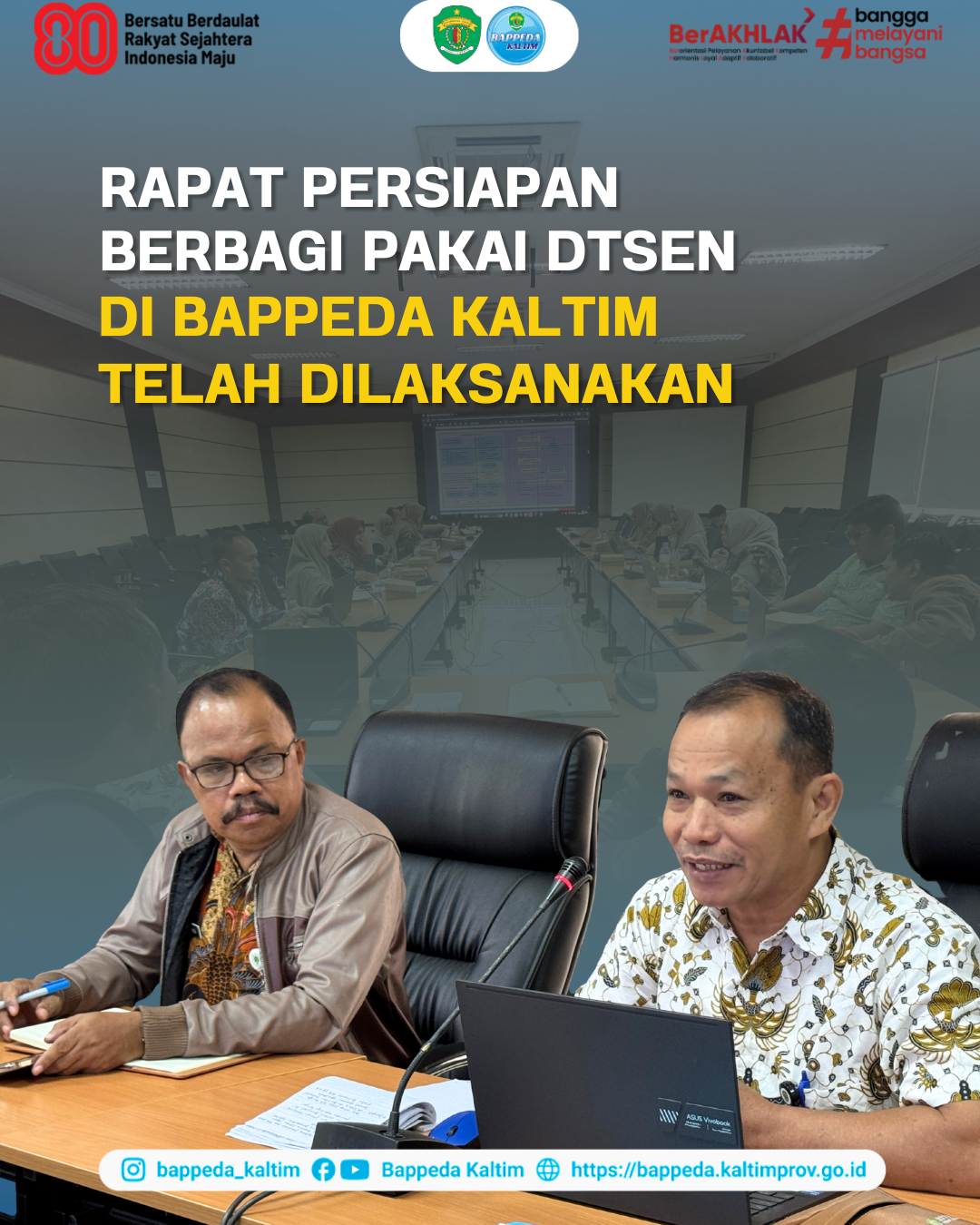

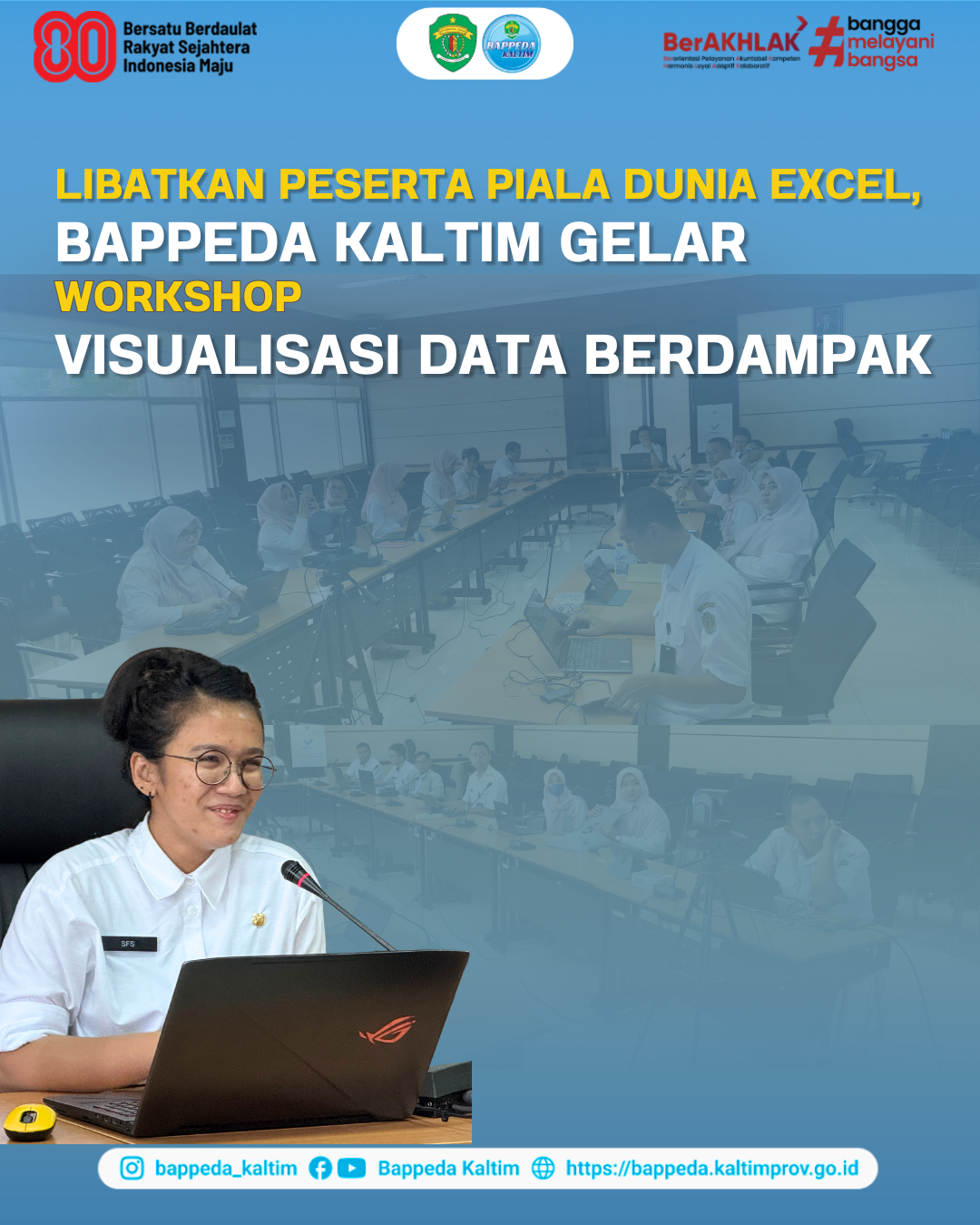
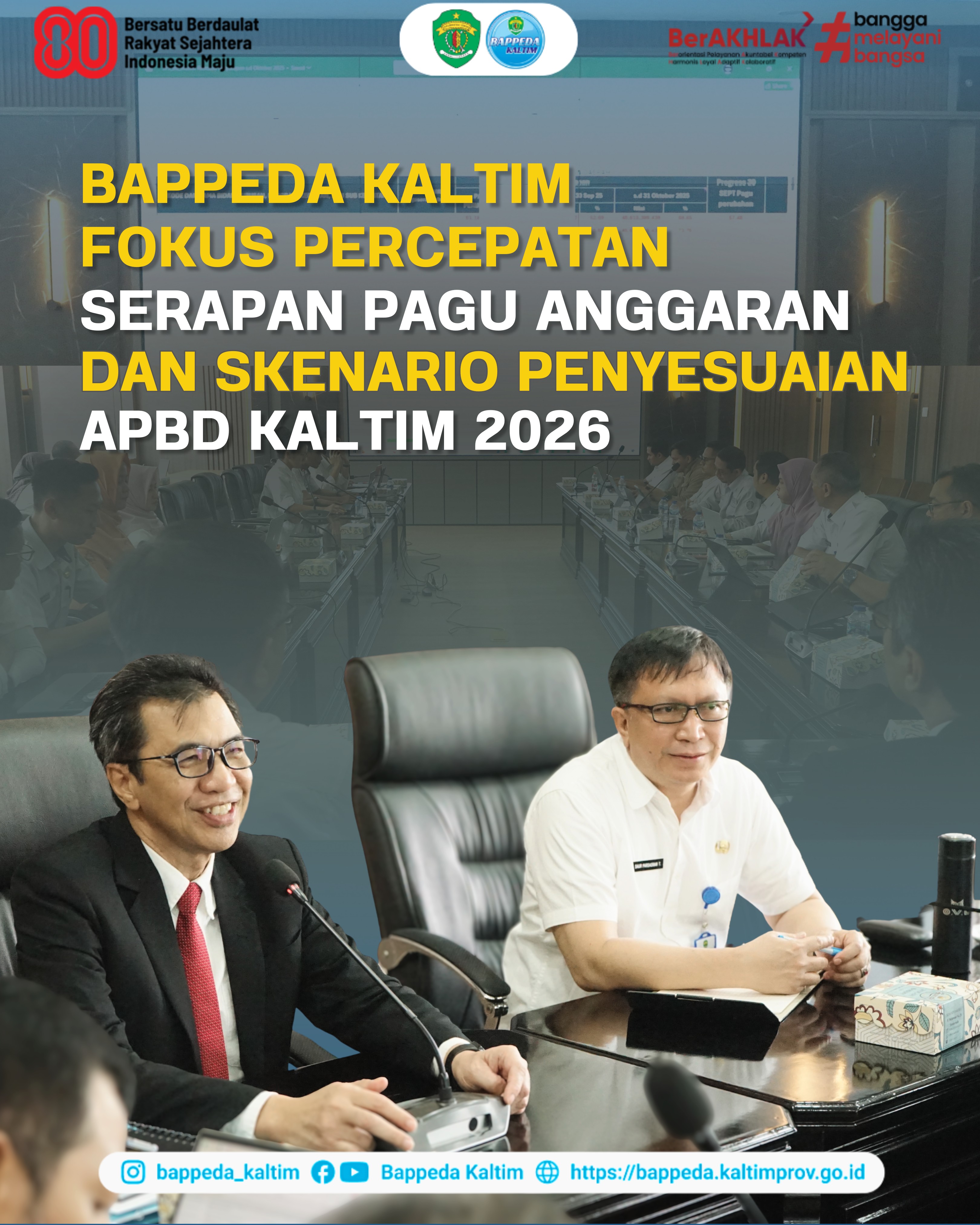
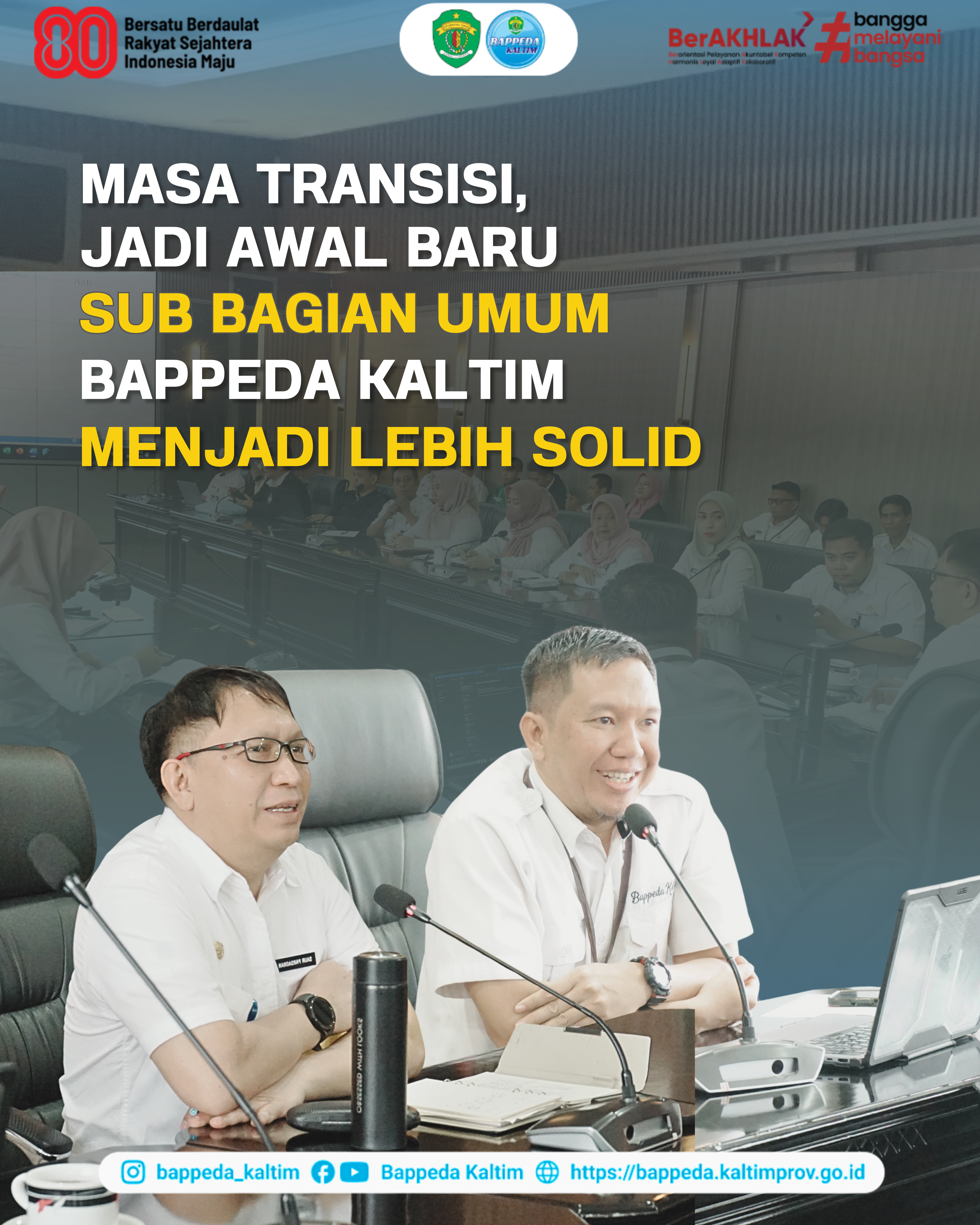



 East Kalimantan Province hosted the Women's Empowerment and Child Protection Socialization event in the Regional Police room floor 1 Bappeda of East Kalimantan Province Jalan Kusuma Bangsa Samarinda, Thursday, 2/6/2016 attended by approximately seventy-five participants from all Regional Work Units (SKPD) within the East Kalimantan Provincial Government.
East Kalimantan Province hosted the Women's Empowerment and Child Protection Socialization event in the Regional Police room floor 1 Bappeda of East Kalimantan Province Jalan Kusuma Bangsa Samarinda, Thursday, 2/6/2016 attended by approximately seventy-five participants from all Regional Work Units (SKPD) within the East Kalimantan Provincial Government.
 While the results of the agreement of the International Conference on Population and Development (ICPD) 1994 was an emphasis on the various links between population and development, and focused more attention on efforts to meet the needs of individual women and men rather than achieving demographic targets. The points of the agreement include:
While the results of the agreement of the International Conference on Population and Development (ICPD) 1994 was an emphasis on the various links between population and development, and focused more attention on efforts to meet the needs of individual women and men rather than achieving demographic targets. The points of the agreement include: